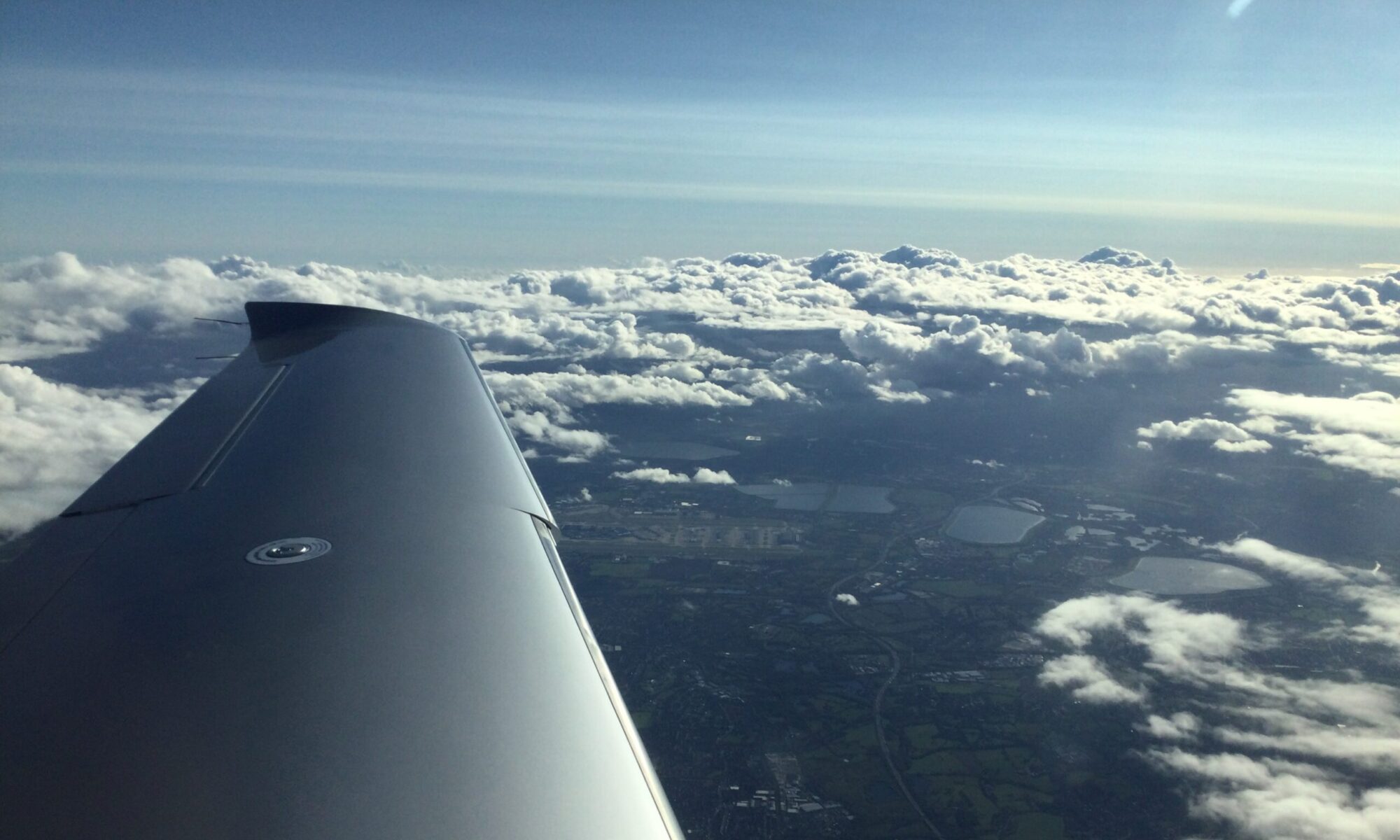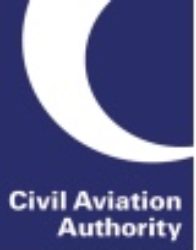Over the years much has been written about the value of the Instrument Meteorological Conditions – IMC / Instrument Rating (Restricted) – IR(R) qualification. Suffice it to say that a well taught IMC/IR(R) provides a fantastic opportunity to enjoy very similar privileges to that afforded by a full ICAO compliant Instrument Rating (IR) apart from 3 restrictions:
1. Visibility minima for take off and landing is 1500m;
2. Flight in Class A airspace (i.e. airways) is not permitted;
3. Flight outside UK airspace may not be permitted and pilots should check the validity of the IMC/IR(R) rating with the State in which they intend to fly. In practice this means restricted to UK airspace.
Of course a fully compliant IR is permits flight under IFR in Class A, is valid in all ICAO contracting states and when operating as a single crew permits flight down to 800m and 550m with a suitable autopilot.
Everything else is the same, you may descend to system minima (e.g. 200ft for an ILS) although there is a recommendation in the UK AIP that states when determining Decision Height (DH)/Minimum Descent Height (MDH) IMC/IR(R) holders are recommended to add 200 FT to the DH/MDH, with absolute minima of 500 FT for a precision approach and 600 FT for a non-precision approach.
The IMC/IR(R) course offered by Andrews’ Aviation broadly follows the AOPA UK training syllabus (4th Edition) and, where the original syllabus is lacking encompass, best practices from PPL/IR Europe.
The AOPA syllabus consists of a Basic Stage which covers the basics of controlling the aircraft using all available instruments, the so called full panel, and then with only certain instruments available, the partial panel and, most importantly, recovering control of the aircraft from unusual attitudes on both full panel and partial panel. Having mastered the Basic Stage the Applied Stage covers Radio Navigation & Instrument Approaches and brings together all aspects of planning and executing a flight in IMC under IFR.
The minimum requirement for the issue of the IMC/IR(R) rating is 15 hours flight instruction with 10 of those hours by sole reference to instruments. This really should be considered a minimum and in practice to reach test standard can take significantly longer depending on the pilots aptitude and application during the training.
The other consideration is that the 4th Edition was published in 2006, some 14 years ago and has not been updated since.
RNP Approaches
The original AOPA syllabus is light on some of the more recent advances including Required Navigation Performance (RNP) approaches using GNSS, (aka GPS approaches). Whilst not mandated RNP approaches are used more and more in day-to-day operational instrument flying.
Scenario Based Training
The other area that needs further exploration is scenario based training. Traditional flight instruction consists of a number of exercises which, when practiced together, results in pilot competent to fly the aircraft. However, what isn’t taught well or at all in ab initio flight training is scenario based training, meaning teaching strategies that provide the pilot with the skills and ability to manage different abnormal and emergency scenarios to safe resolution.
Andrews’ Aviation are great advocates for PPL/IR Europe, follow the Operational Working Group Advisories for instrument training and IFR operations and hold full EASA Instrument Ratings as well as Instrument Rating Instructor (IRI) certificates.
If you want to fly across UK territorial airspace under IFR in IMC but just don’t accept the often quoted advice that “The IMC rating is just a get out of jail free card” then come and train with Andrews Aviation…
Already hold and IMC/IR(R) and want to train towards a full EASA IR?
The best approach may be the Competence Based Instrument Rating (CB-IR) training route. The training requirements for the IR following the CB-IR training route are listed in Appendix 6 to Part-FCL and consists of 40hrs with up to 30hrs prior IFR experience as Pilot-In-Command being credited and up to 15hrs of previous instrument flight instruction. This means that the IMC holder can credit experience gained training for and using their IMC/IR(R) rating towards their IR when following the CB-IR route. There is also a requirement to undertake a minimum of 10hrs training at an ATO and here’s the rub, recent industry experience from ATOs has shown that to bring a traditionally trained IMC/IR(R) holder up to the standard to pass the Initial IR test is more often than not a significant effort in time and money.
Andrews’ Aviation offers more cost effective preparatory instrument training so that the instrument pilot is fully prepared for their minimum 10 hours instrument training at an ATO thus the IRT standard is reached directly at the end of the ATO instrument training phase.

